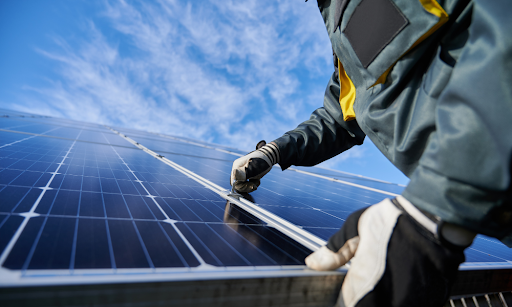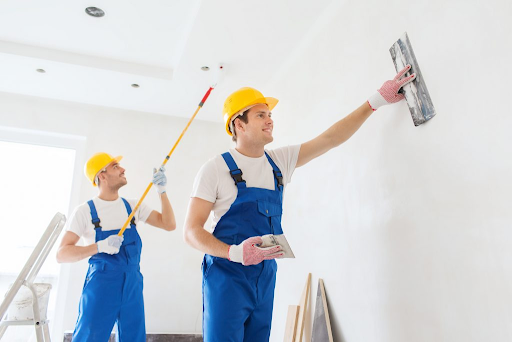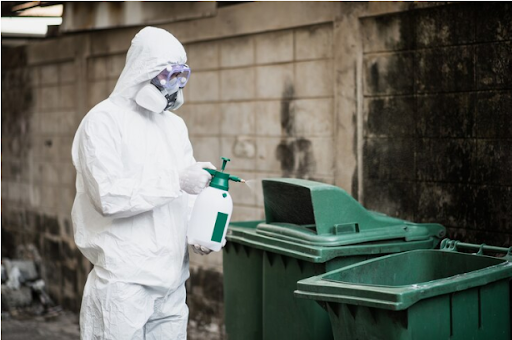Advantages of chipboard flooring

Chipboard is a widely used material in the construction industry. It is made by placing wood shavings, fibers or even small pieces of wood shavings under the strong glue pressure. This creates a hard, flat building material that is used on most construction sites from the first floor.
The Laker Builders Merchant offers versatile and highly stable chipboard flooring building supplies. It is also treated with waterproof resin, making it suitable for wet and damp conditions such as bathrooms and kitchens.
Composition
The chipboard is formed by gluing wood chips and resin and pressed into a flat rectangular shape. Too small, warped or other faulty wooden fragments cannot be cut into small pieces and mixed with wood shavings. Resin, usually urea formaldehyde, is added to hold the wood chips together and to increase the strength and hardness of the end product. The mixture is then thermoformed under pressure to form a smooth, rigid plate.
Uses
Because chipboard is not considered “beautiful” wood, it is most commonly used as a foundation or substance, and the chipboard itself is eventually masked. Most building supplies have chipboard floors and many types of laminate floors are installed on chipboard. Because of the low cost of chipboard, it is typically used to manufacture inexpensive interior furniture, especially flat-packed furniture.
Benefit:
Cost-Effective
Chipboards offer an economical alternative to solid wood structures, in particular, to flat furniture that is to be assembled by consumers. Chipboard is also cheaper to transport or pack than corrugated cardboard.
The use of waste wood and other fibers in production helps to reduce costs that can be passed on to the end user. Chipboard is therefore a more economical choice for solid wood. Compared to other alternatives, this recycled material is more environmentally friendly. So if people choose chipboard instead of solid wood, fewer trees have to be felled.
Environmental benefits
Chipboard is made of up to 70% recycled materials and is, therefore, more environmentally friendly than other alternatives. If people choose chipboard instead of solid wood or corrugated cardboard, the felled trees decrease.
Strength
Chipboard is a robust material that can be well supported under pressure. It protects transported goods better than corrugated cardboard. If it is used instead of solid wood, it can form stable furniture without weakness.
Wood chips are pressed tightly together and bonded together, making the chipboard strong and able to maintain its shape under pressure. The even distribution and compression of the wood chips in the finished material also reduce the possibility of weakness. Chipboards are also very versatile, can be treated with a variety of surfaces, and can imitate any type of wood without defects or knots.
Because of these advantages, Chipboard has a wide range of applications including flooring, furniture manufacturing, and kitchen appliances. In addition to our floor quality chipboard, we also offer various sizes of melamine chipboard to meet your needs. This type of chipboard, also known as continuous cardboard, has a melamine layer that increases strength and prevents warping or splitting.
Looks
The cover on the chipboard enables different surfaces. It can simulate any type of wood and make it look like the best quality of wood, with no knots or defects.
Precautions
Chipboard can easily be damaged and warped by exposure to water. Make sure it is sealed and kept away from humid environments.
Properties of chipboard
Particleboard moisture resistance
This building supplies material is only suitable for dry conditions. Some moisture-resistant versions are made by adding hydrophobic agents.
Biological stability
The biological stability of the chipboard is very high. They are not destroyed by insects and will not take root when crushed. The plate can be completely decomposed by moisture but does not rot.
Fire protection
The composite material belongs to the combustible G4 group, and even it doesn’t glow like wood and give off the fire.
Ecological compatibility
Class E2 materials must not be used for indoor living. Class E1 should be used for teaching purposes. For children’s rooms, schools, kindergartens, kindergartens, and hospitals, boards of class E0.5 that contain a very small amount of formaldehyde should be used. The influence of the ingredients is negligible.
Tips for avoiding damage
When laying chipboard, put plywood on top of it before laying decorative floors (e.g. carpets) that serve as pillows and increase the thickness of the floor. It can effectively protect the ground floor to provide durable waterproof household materials for your home or building. Remember not to use glue or glue when laying chipboard, but staples to ensure a stronger floor.






